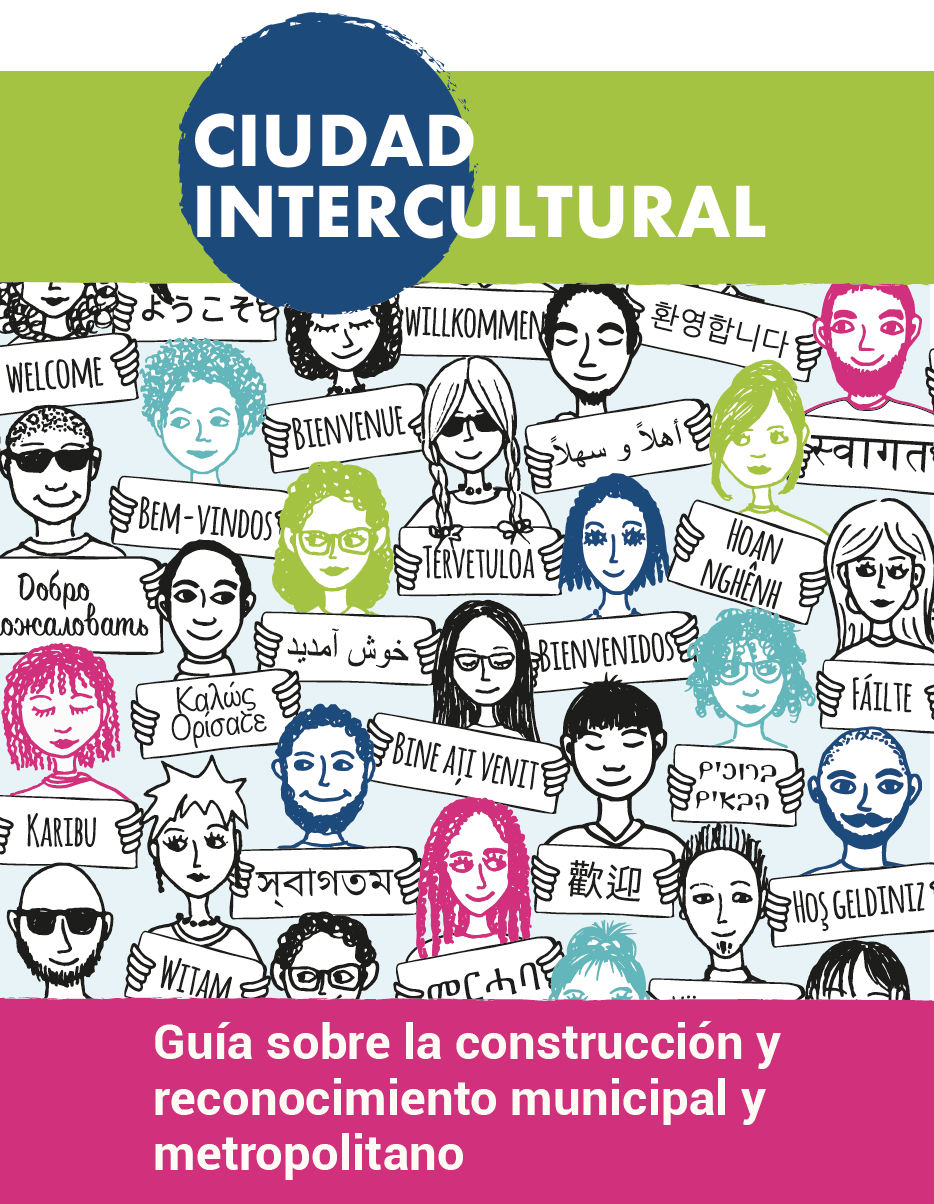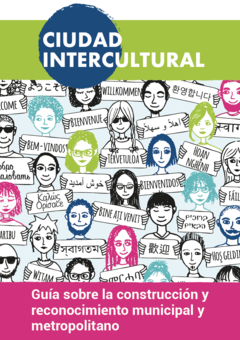Ciudades Interculturales
Interculturality in Mexico: progress and perspectives towards an inclusive society

According to the IOM, irregular migration to Mexico has increased by approximately 244% between 2019 and 2022, reaching nearly half a million international migrants in the latter year (2022). Historically, while Mexico has always been considered a transit and origin country for migrant groups, trends in human mobility have significantly transformed in the last decade. Today, Mexico is not only a transit country but has also become a destination for many families. Therefore, in the face of this new sociocultural reality, it is essential to question how new intercultural policies can be developed and what distinction is attributed to this concept of integration.
At the Friedrich Naumann Foundation, in collaboration with Sin Fronteras IAP, we recognize the urgent need to continue promoting actions in favor of recognizing interculturality and implementing it within the various dimensions relevant to Mexican society. This led to the creation of the manual "Intercultural City: Guide on municipal and metropolitan construction and recognition," which aims to serve as a guidance document for decision-makers in this field who aspire to join the Council of Europe's Intercultural Cities Program.
Why interculturality and not multiculturalism?
Although traditionally the concept of multiculturalism had permeated the social discourse on inclusion, it has become almost obsolete. In recent years, it has been concluded that multicultural realities are much more complex, and a much more holistic perspective should be prioritized: integration through interculturality, as emphasized by the Council of Europe.
In light of this, Mexico, as an observer member of the Parliamentary Assembly of the Council of Europe, has shown a growing interest in incorporating intercultural practices into its public policies, institutions, and society as a whole. This was how, in 2010, Mexico City became the first Intercultural City recognized by the Council of Europe. This milestone marked a significant step in the development of strategies, actions, and projects aimed at addressing the needs of mobile groups.
This almost novel achievement in the Mexican context, which has been favored by the interest and approach to the Intercultural Cities Program, initiates conversations about social justice through the recognition and celebration of diversity. Thus, the various evolving contexts that permeate daily life adopt a stance where the common good becomes associated with constantly experienced and transformed cultural distinctions.
Latin America has a new intercultural city!
The recent integration of the Municipality of Guadalupe, Nuevo León, as an Intercultural City recognized by the Council of Europe, is undoubtedly another success story that should be celebrated. Taking into account the constitutional reform of the State in 2022, Guadalupe has positioned itself as a key city in safeguarding the rights of people in situations of human mobility and has received support from Sin Fronteras and the Foundation for its recognition.
The shifts towards more effective intercultural policies are not limited solely to a transformation in social narrative to eliminate racial stereotypes. Participation in this program involves evaluating results through an intercultural index, which allows for identifying areas of opportunity to improve public policies in all dimensions: from access to spaces and public services, job opportunities, education, to access to healthcare, and overall, the guarantee of Human Rights.
Thanks to this recognition, Mexico is moving closer to establishing legal foundations that add to democratic capacity, individual rights, and freedoms capable of understanding cultural differences. Within this framework, the growing trend of migratory groups considering Mexico as both a transit and destination country requires that the distinction of cultural diversities be promoted within a space of interaction, dialogue, and coexistence.
Comprehensive Policies
In this regard, strategies valuing sociocultural diversity are being implemented. These not only focus on social programs for groups in situations of human mobility but also seek changes in government administration, social communication, and civil society participation. A concrete example is the publication of the Law of Interculturality, Attention to Migrants, and Human Mobility of Mexico City in 2011. This law represents a normative framework that promotes intercultural distinctions and seeks to improve social cohesion.
It is undeniable that the social fabric, among many realities, requires an intercultural perspective to achieve true inclusion of the different groups it encompasses. This involves going beyond the multicultural discourse and embracing the broader concept of interculturality. Within this framework, diverse identities share the same space, recognizing and mutually respecting their right to coexist. This leads to positive interactions and contributes to national development, as long as it is supported by public policies and the priority of Human Rights for all.

